Regulierung internationaler Finanzmärkte und Banken
Diese Forschungsgruppe analysiert Ursachen und Konsequenzen von internationalen Aktivitäten von Banken sowie den regulatorischen Rahmen, innerhalb dessen globale Banken operieren.
International aktive Banken können eine effiziente internationale Kapitalallokation vereinfachen und zur internationalen Risikoteilung beitragen. Allerdings können sie auch Instabilitäten generieren und zu einer Übertragung von Schocks über nationale Grenzen hinaus beitragen. Dies ist einer der Gründe für die aktuelle Re-Regulierung des internationalen Bankensystems.
Die Forschungsgruppe trägt auf drei verschiedenen Wegen zur Literatur bei. Erstens analysiert die Gruppe empirisch, warum internationale Banken global aktiv sind und wie Schocks im Finanzsystem übertragen werden. Zweitens untersucht die Gruppe das Entstehen von systemischen Risiken und Ungleichgewichten im integrierten Bankenmarkt und die sich daraus ergebenden Konsequenzen für die Realwirtschaft. Drittens werden die Auswirkungen von Änderungen bezüglich der Bankenaufsicht und Bankenregulierung analysiert, mit einem besonderen Fokus auf dem europäischen Integrationsprozess
IWH-Datenprojekt: International Banking Library
Forschungscluster
Wirtschaftliche Dynamik und StabilitätIhr Kontakt

Mitglied - Abteilung Finanzmärkte
PROJEKTE
07.2017 ‐ 12.2022
Die politische Ökonomie der europäischen Bankenunion
Europäischer Sozialfonds (ESF)
Ursachen für nationale Unterschiede in der Umsetzung der Bankenunion und daraus resultierende Auswirkungen auf die Finanzstabilität.
01.2015 ‐ 12.2017
Dynamic Interactions between Banks and the Real Economy
Deutsche Forschungsgemeinschaft (DFG)
Referierte Publikationen
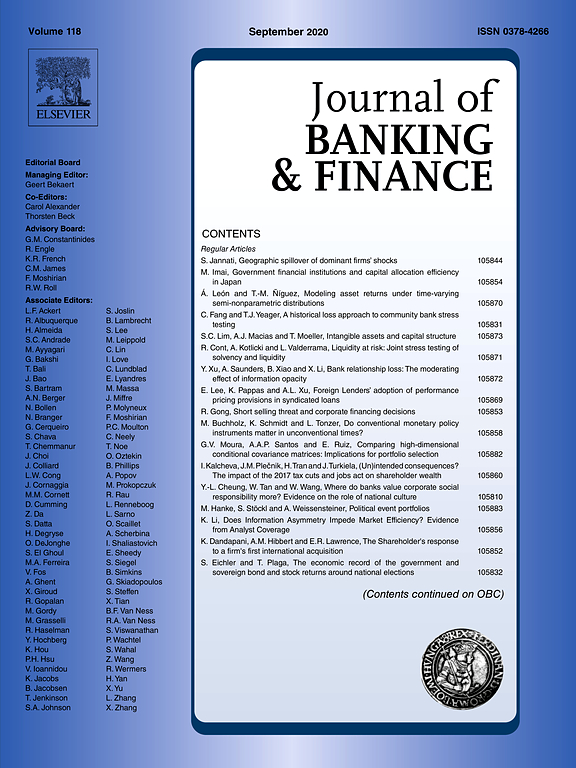
Interactions Between Bank Levies and Corporate Taxes: How is Bank Leverage Affected?
in: Journal of Banking and Finance, Nr. 105874, September 2020
Abstract
Regulatory bank levies set incentives for banks to reduce leverage. At the same time, corporate income taxation makes funding through debt more attractive. In this paper, we explore how regulatory levies affect bank capital structure, depending on corporate income taxation. Based on bank balance sheet data from 2006 to 2014 for a panel of EU-banks, our analysis yields three main results: The introduction of bank levies leads to lower leverage as liabilities become more expensive. This effect is weaker the more elevated corporate income taxes are. In countries charging very high corporate income taxes, the incentives of bank levies to reduce leverage turn insignificant. Thus, bank levies can counteract the debt bias of taxation only partially.
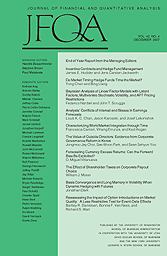
Financial Incentives and Loan Officer Behavior: Multitasking and Allocation of Effort under an Incomplete Contract
in: Journal of Financial and Quantitative Analysis, Nr. 4, 2020
Abstract
We investigate the implications of providing loan officers with a nonlinear compensation structure that rewards loan volume and penalizes poor performance. Using a unique data set provided by a large international commercial bank, we examine the main activities that loan officers perform: loan prospecting, screening, and monitoring. We find that when loan officers are at risk of losing their bonuses, they increase prospecting and monitoring. We further show that loan officers adjust their behavior more toward the end of the month when bonus payments are approaching. These effects are more pronounced for loan officers with longer tenures at the bank.
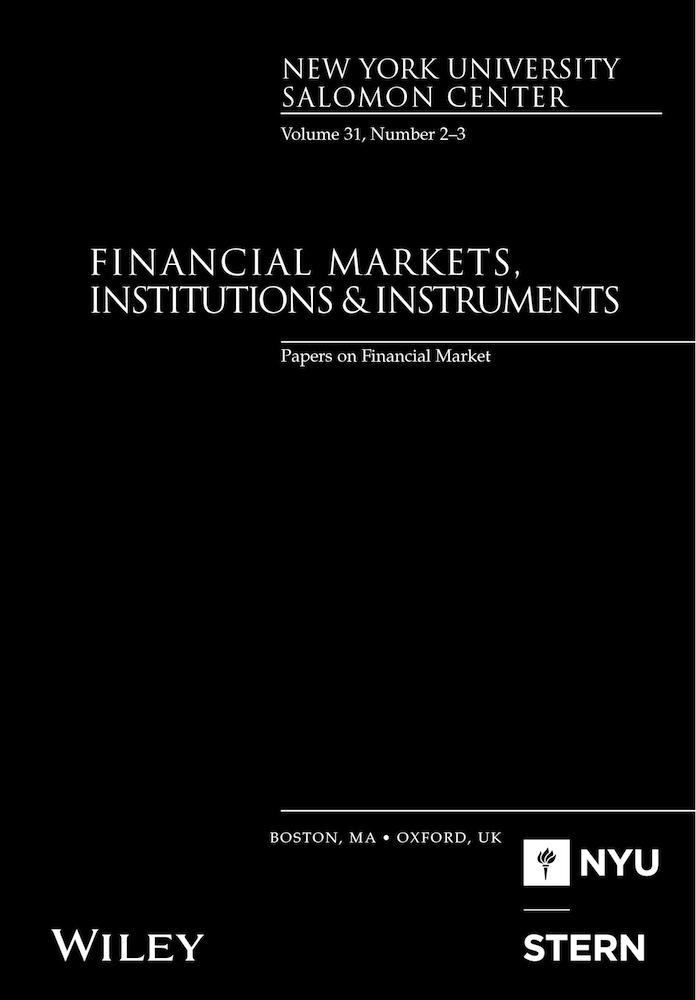
Banks’ Equity Performance and the Term Structure of Interest Rates
in: Financial Markets, Institutions and Instruments, Nr. 2, 2020
Abstract
Using an extensive global sample, this paper investigates the impact of the term structure of interest rates on bank equity returns. Decomposing the yield curve to its three constituents (level, slope and curvature), the paper evaluates the time-varying sensitivity of the bank’s equity returns to these constituents by using a diagonal dynamic conditional correlation multivariate GARCH framework. Evidence reveals that the empirical proxies for the three factors explain the variations in equity returns above and beyond the market-wide effect. More specifically, shocks to the long-term (level) and short-term (slope) factors have a statistically significant impact on equity returns, while those on the medium-term (curvature) factor are less clear-cut. Bank size plays an important role in the sense that exposures are higher for SIFIs and large banks compared to medium and small banks. Moreover, banks exhibit greater sensitivities to all risk factors during the crisis and postcrisis periods compared to the pre-crisis period; though these sensitivities do not differ for market-oriented and bank-oriented financial systems.
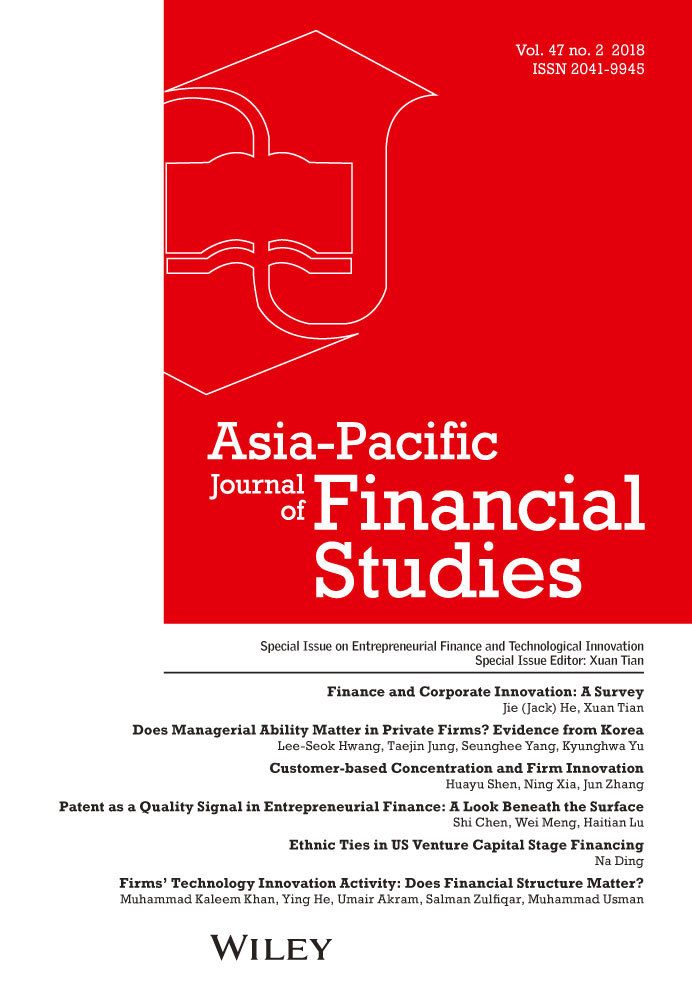
The Dilemma of International Diversification: Evidence from the European Sovereign Debt Crisis
in: Asia-Pacific Journal of Financial Studies, Nr. 2, 2020
Abstract
This paper tests how capital markets value the international diversification of banks in good and in bad economic times by investigating changes in domestic and foreign sovereign debt ratings before and during the European sovereign debt crisis. Tracing 320 European banks in 29 countries and 226 credit rating announcements for European sovereigns between 1 January 2001 and 15 August 2012, we show that the market values banks with access to foreign funds. Despite occasional adverse effects immediately following negative news regarding sovereign credit rating changes, international diversification was found to be beneficial to European banks, especially during periods of distress.
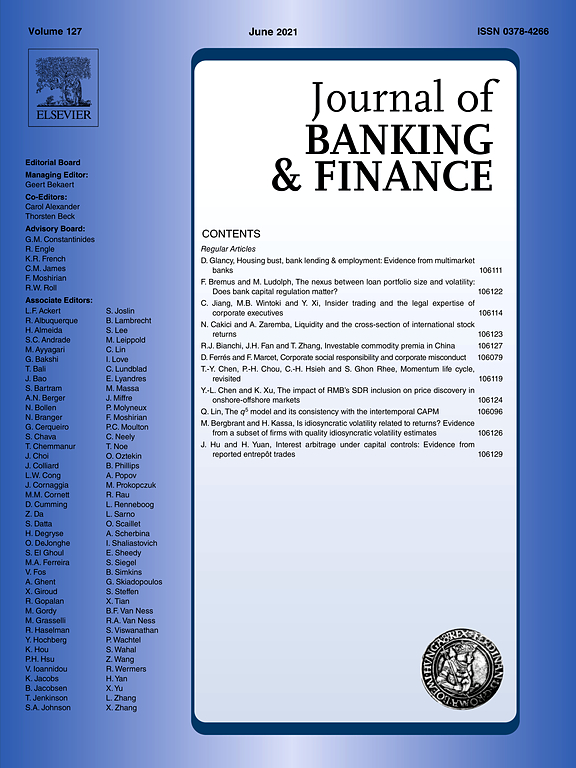
Cross-border Transmission of Emergency Liquidity
in: Journal of Banking and Finance, April 2020
Abstract
We show that emergency liquidity provision by the Federal Reserve transmitted to non-U.S. banking markets. Based on manually collected holding company structures, we identify banks in Germany with access to U.S. facilities. Using detailed interest rate data reported to the German central bank, we compare lending and borrowing rates of banks with and without such access. U.S. liquidity shocks cause a significant decrease in the short-term funding costs of the average German bank with access. This reduction is mitigated for banks with more vulnerable balance sheets prior to the inception of emergency liquidity. We also find a significant pass-through in terms of lower corporate credit rates charged for banks with the lowest pre-crisis leverage, US-dollar funding needs, and liquidity buffers. Spillover effects from U.S. emergency liquidity provision are generally confined to short-term rates.
Arbeitspapiere
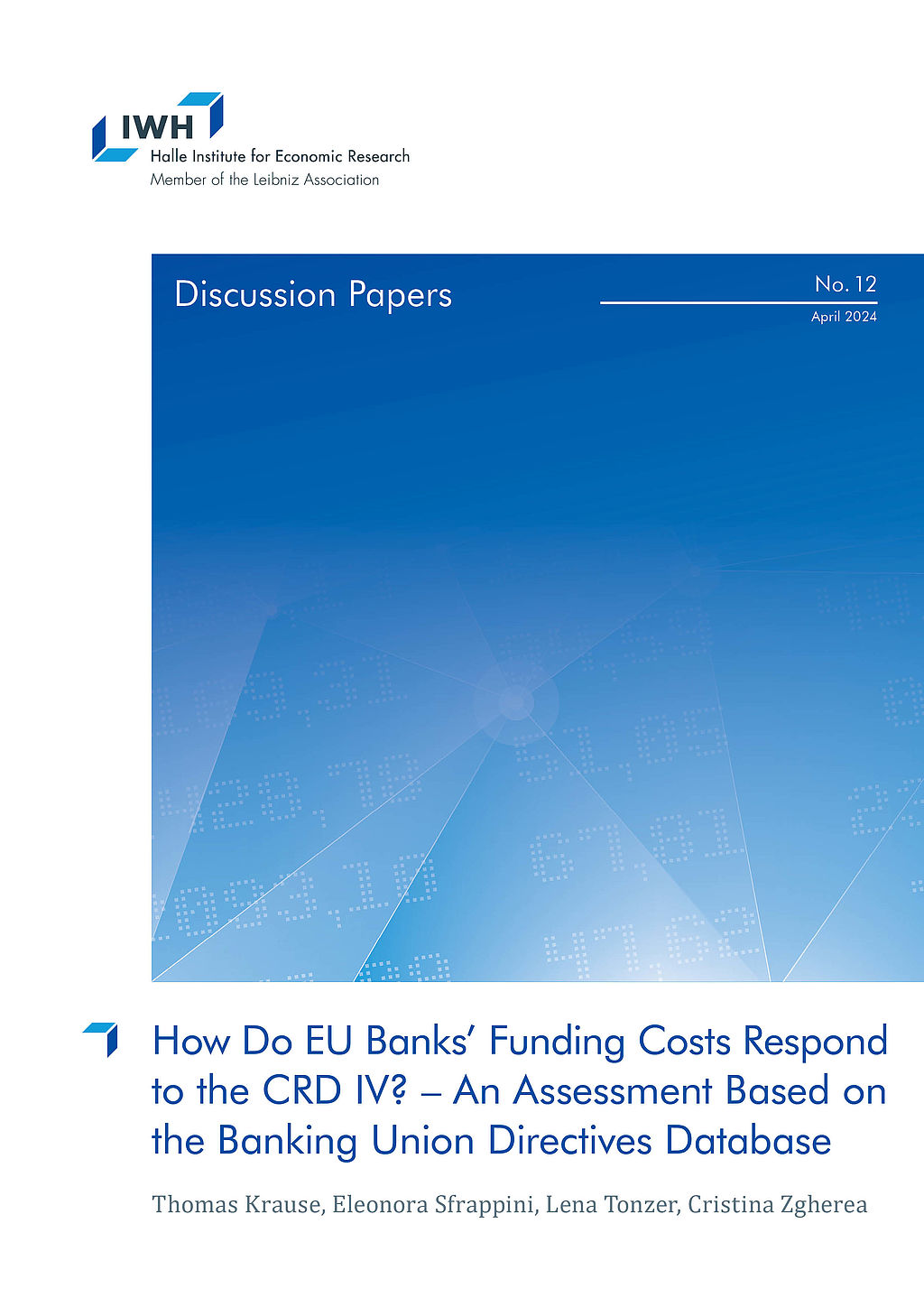
How Do EU Banks’ Funding Costs Respond to the CRD IV? An Assessment Based on the Banking Union Directives Database
in: IWH Discussion Papers, Nr. 12, 2024
Abstract
The establishment of the European Banking Union constitutes a major change in the regulatory framework of the banking system. Main parts are implemented via directives that show staggered transposition timing across EU member states. Based on the newly compiled Banking Union Directives Database, we assess how banks’ funding costs responded to the Capital Requirements Directive IV (CRD IV). Our findings show an upward trend in funding costs which is driven by an increase in cost of equity and partially offset by a decline in cost of debt. The diverging trends are most present in countries with an ex-ante lower regulatory capital stringency, which is in line with banks’ short-run adjustment needs but longer-run benefits from increased financial stability.
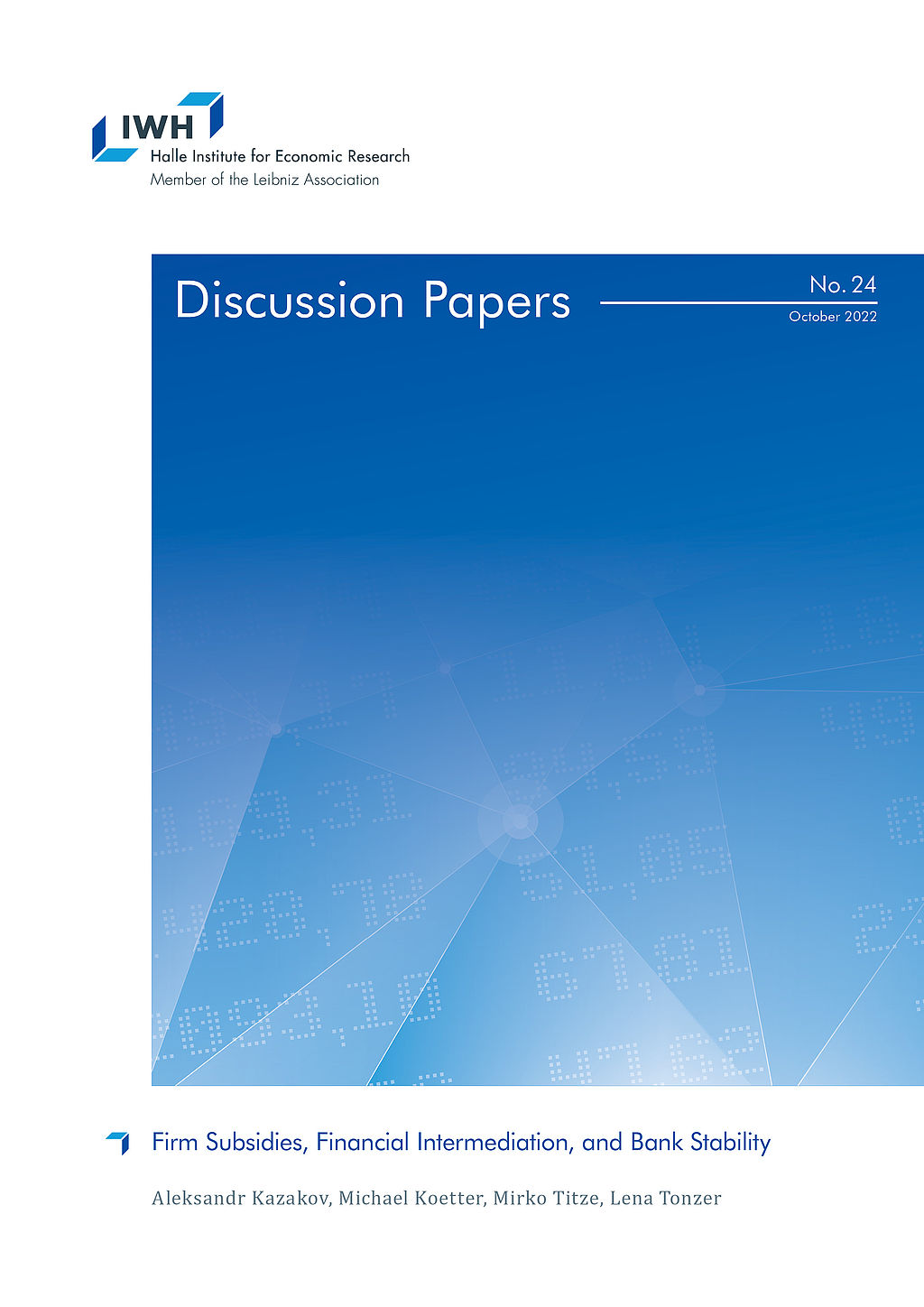
Firm Subsidies, Financial Intermediation, and Bank Stability
in: IWH Discussion Papers, Nr. 24, 2022
Abstract
We use granular project-level information for the largest regional economic development program in German history to study whether government subsidies to firms affect the quantity and quality of bank lending. We combine the universe of recipient firms under the Improvement of Regional Economic Structures program (GRW) with their local banks during 1998-2019. The modalities of GRW subsidies to firms are determined at the EU level. Therefore, we use it to identify bank outcomes. Banks with relationships to more subsidized firms exhibit higher lending volumes without any significant differences in bank stability. Subsidized firms, in turn, borrow more indicating that banks facilitate regional economic development policies.
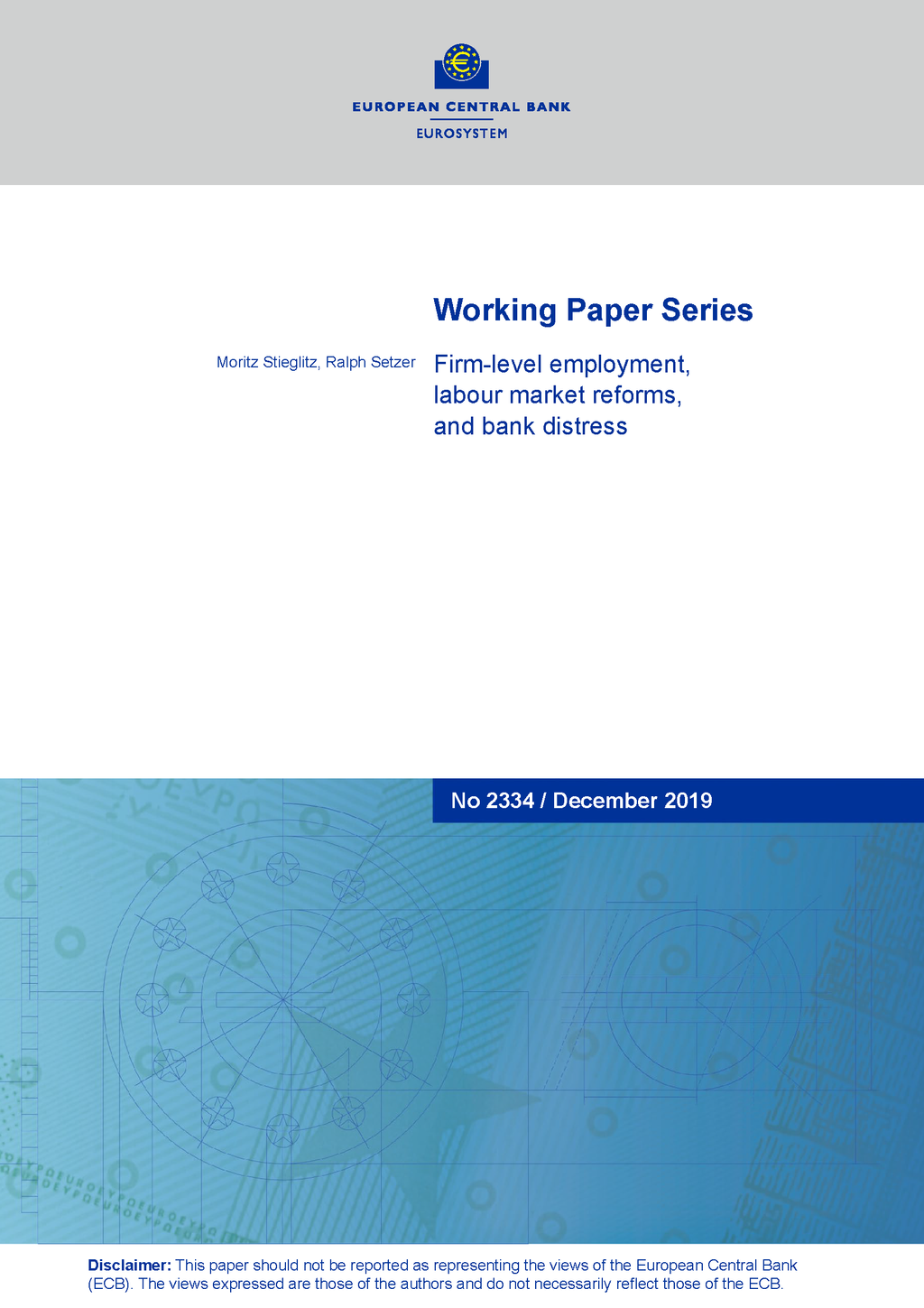
Climate Change-Related Regulatory Risks and Bank Lending
in: ECB Working Paper, Nr. 2670, 2022
Abstract
We identify the effect of climate change-related regulatory risks on credit real-location. Our evidence suggests that effects depend borrower's region. Following an increase in salience of regulatory risks, banks reallocate credit to US firms that could be negatively impacted by regulatory interventions. Conversely, in Europe, banks lend more to firms that could benefit from environmental regulation. The effect is moderated by banks' own loan portfolio composition. Banks with a portfolio tilted towards firms that could be negatively a affected by environmental policies increasingly support these firms. Overall, our results indicate that financial implications of regulation associated with climate change appear to be the main drivers of banks' behavior.
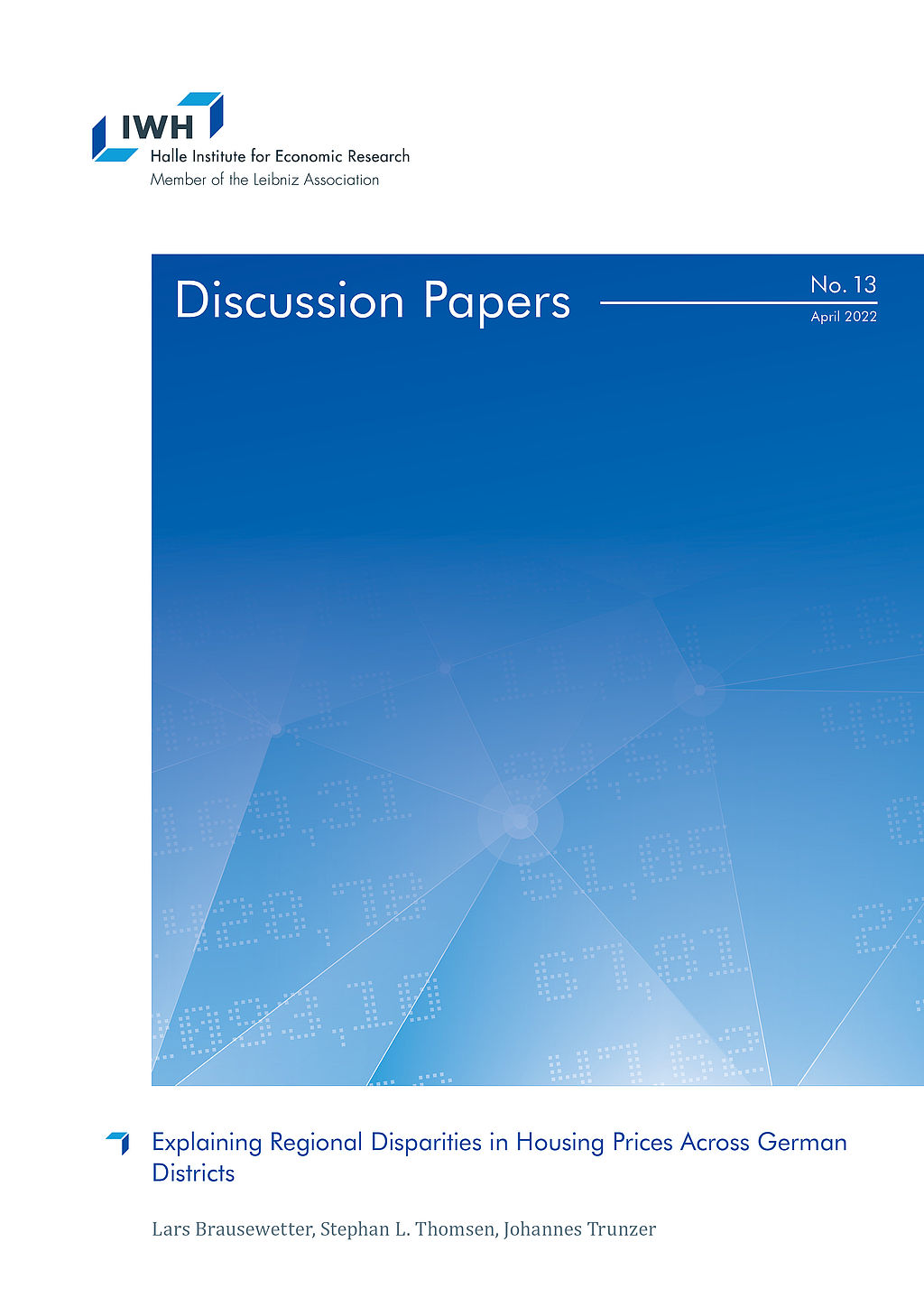
Explaining Regional Disparities in Housing Prices Across German Districts
in: IWH Discussion Papers, Nr. 13, 2022
Abstract
Over the last decade, German housing prices have increased unprecedentedly. Drawing on quality-adjusted housing price data at the district level, we document large and increasing regional disparities: Growth rates were higher in 1) the largest seven cities, 2) districts located in the south, and 3) districts with higher initial price levels. Indications of price bubbles are concentrated in the largest cities and in the purchasing market. Prices seem to be driven by the demand side: Increasing population density, higher shares of academically educated employees and increasing purchasing power explain our findings, while supply remained relatively constrained in the short term.
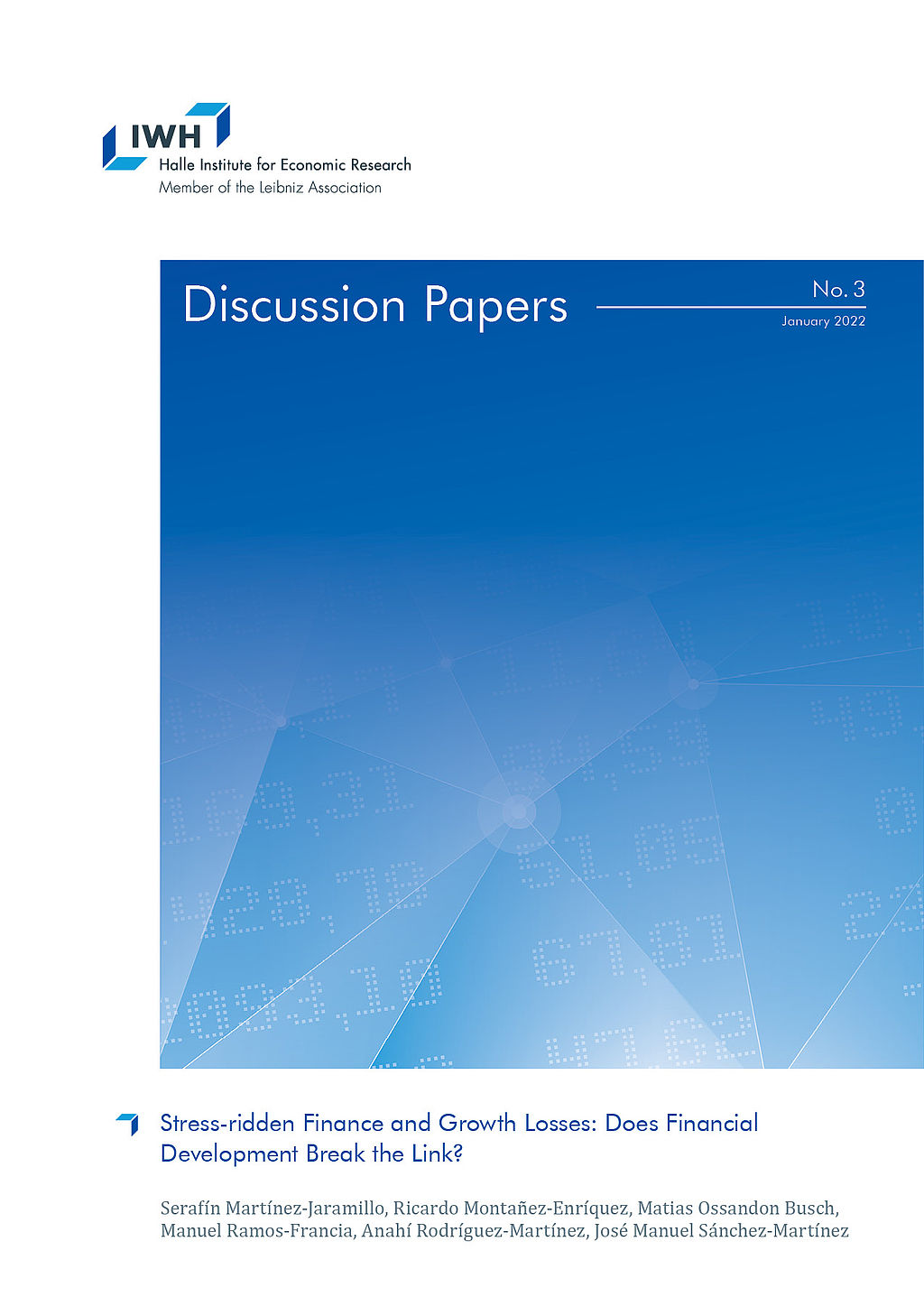
Stress-ridden Finance and Growth Losses: Does Financial Development Break the Link?
in: IWH Discussion Papers, Nr. 3, 2022
Abstract
Does financial development shield countries from the pass-through of financial shocks to real outcomes? We evaluate this question by characterising the probability density of expected GDP growth conditional on financial stability indicators in a panel of 28 countries. Our robust results unveil a non-linear nexus between financial stability and expected GDP growth, depending on countries’ degree of financial development. While both domestic and global financial factors affect expected growth, the effect of global factors is moderated by financial development. This result highlights a previously unexplored channel trough which financial development can break the link between financial (in)stability and GDP growth.














